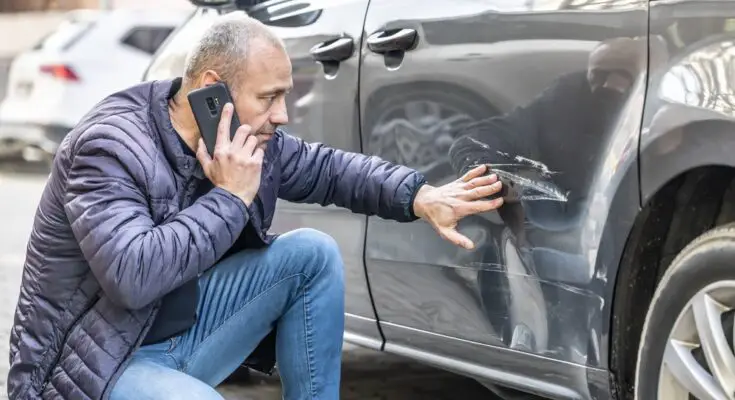Every driver has a fundamental responsibility to keep their vehicle in good condition, but no car can ever be entirely immune to accidental damage. Vehicle damage can originate from several causes, including collisions, weather, theft, or regular wear and tear due to age.
Staying informed about common car damage can help you maintain your vehicle properly and avoid costly repairs down the line. This article will explore five key types of car damage every driver should be aware of and provide insights on how to address them effectively.
Exterior Damage
Exterior damage is the most common and noticeable type of car damage. It includes dents, scratches, chipped paint, and broken headlights or windows. Everyday situations, such as parking in tight spaces, minor collisions, or road debris, often lead to this type of damage.
While some marks and chips might seem purely cosmetic, leaving them unattended can lead to rust or further deterioration over time. Addressing exterior issues early, like replacing auto body panels, can restore both the appearance and structural integrity of your vehicle.
Mechanical Damage
Mechanical damage refers to issues with the internal systems that allow your car to function. Problems with the engine, brakes, or transmission fall into this category.
This type of damage is often less visible but can have serious consequences if ignored. Unusual noises, delayed acceleration, or reduced braking performance are signs of potential problems. Regular maintenance, such as timely oil changes and brake inspections, is essential for preventing mechanical issues from escalating.
Electrical Damage
Modern vehicles rely heavily on electrical systems, making electrical damage a growing concern for many drivers. Issues such as a dead battery, malfunctioning sensors, or faulty wiring can disrupt the car’s essential systems, including lights, GPS, and entertainment features. Electrical problems can stem from wear and tear, fluid leaks, or even rodent activity in some cases. To minimize the risk, have a professional mechanic inspect your car’s electrical components and wiring regularly.
Structural Damage
Structural damage is one of the most severe types of car damage drivers should be aware of, as it can compromise the vehicle’s safety and stability. Typically resulting from serious collisions, structural damage impacts the car’s frame or chassis. A bent or weakened frame can render the car unsafe to drive and compromise its ability to protect passengers in future accidents.
Addressing structural damage requires professional expertise. For your safety, ensure that you consult with a trusted auto repair technician to restore your vehicle to its proper condition.
Cosmetic Damage
Cosmetic damage may not affect the function of your car, but it can diminish its overall appearance. This includes faded paint, scuffed wheels, or an outdated interior. While cosmetic issues are less urgent than others, they can lower your vehicle’s resale value over time. Regular washing, waxing, and paint touch-ups are simple ways to maintain the car’s appearance and prevent cosmetic issues from worsening due to exposure to the elements.



